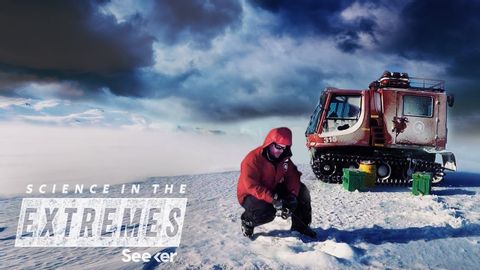Battling Antarctic Ice Storms to Study the Secrets of Subzero Survival
joey joey が 2021 年 04 月 16 日 に投稿  この条件に一致する単語はありません
この条件に一致する単語はありませんUS /ˈstrʌɡəl/
・
UK /'strʌɡl/
- v.t./i.奮闘する;もみ合う
- n. (c./u.)奮闘;苦闘
US /ɪk'strimlɪ/
・
UK /ɪkˈstri:mli/
エネルギーを使用
すべての単語を解除
発音・解説・フィルター機能を解除

